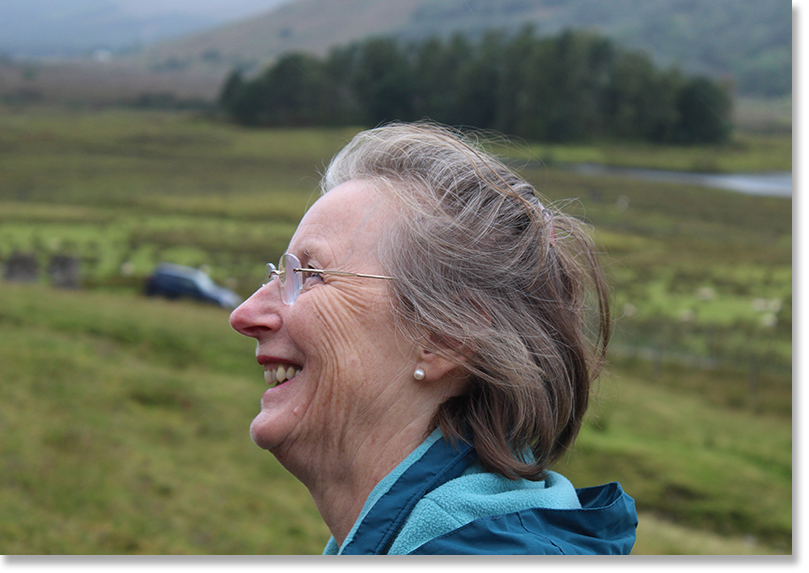|
Interview with Finlay Matheson
Crofting:
The Concept That There Should Be
Lights in the Glen Again
Strathcarron, Ross and Cromarty, Scotland
 |
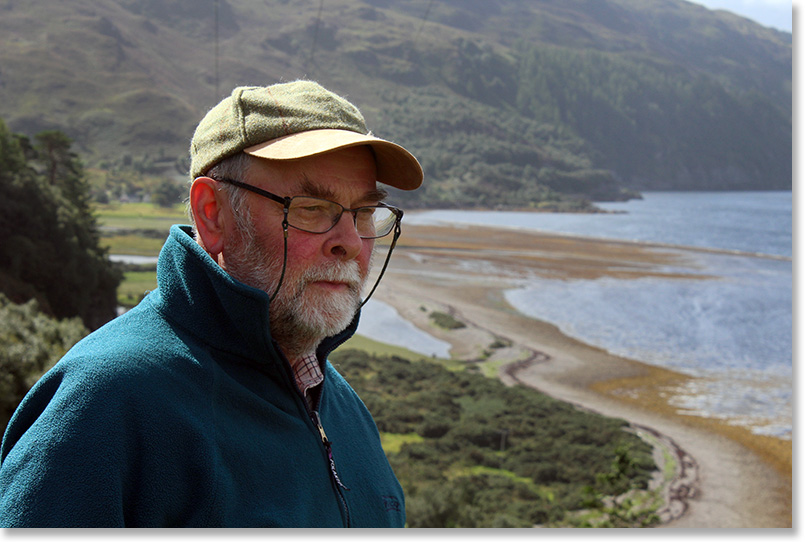 |
|
Finlay Matheson looks out over Loch Carron. All photos by Nic Paget-Clarke.
|
|
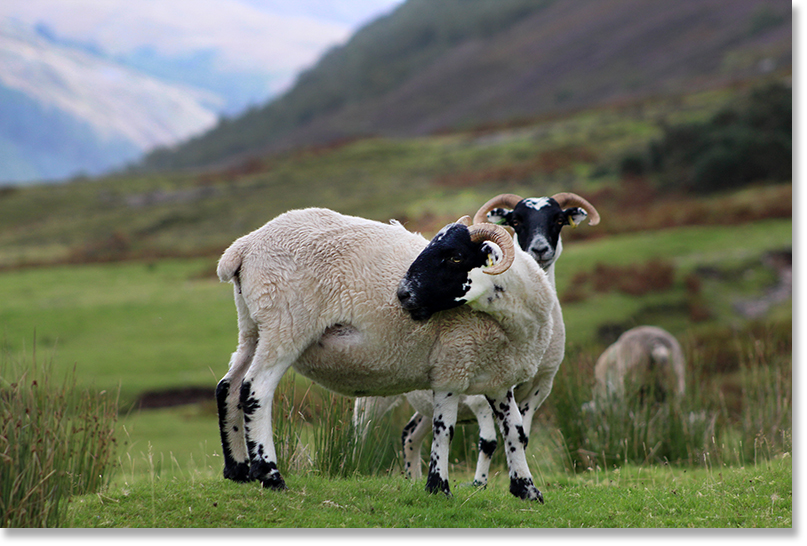 |
|
Scottish Blackface sheep on the Matheson family croft. Strathcarron, Ross and Cromarty, Scotland.
|
|
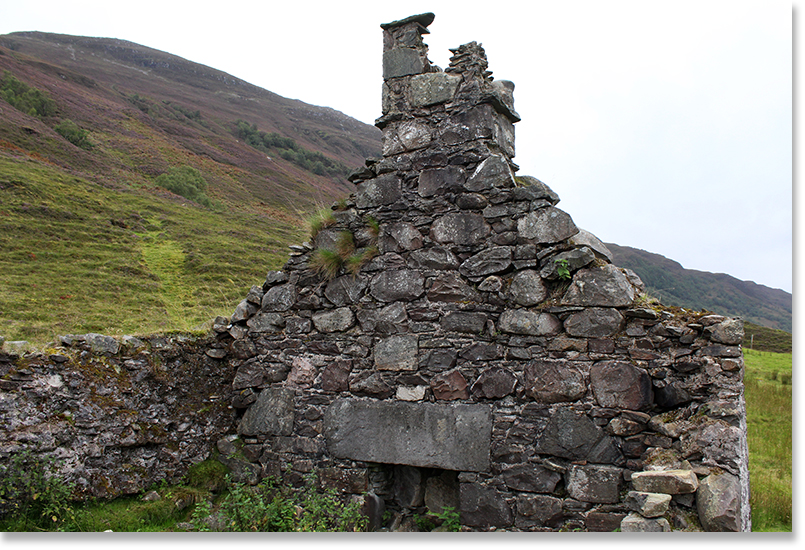 |
|
Blockhouse ruins which Finlay Matheson tells the story of in this interview. Strathcarron, Ross and Cromarty, Scotland.
|
|
|
|
Fiona Matheson talking about life on the family croft. Strathcarron, Ross and Cromarty, Scotland.
|
|
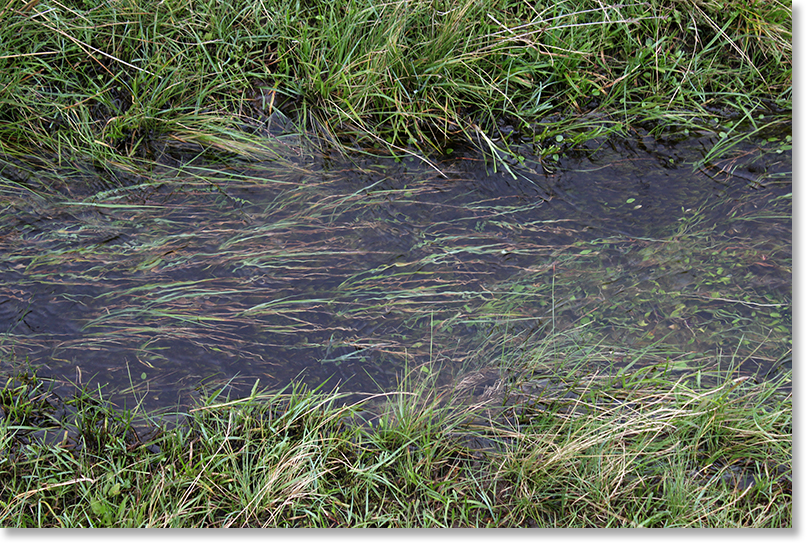 |
|
Water streams down the hill, through the grass.
|
|
 |
|
A pen for the sheep on the croft hill side.
|
|
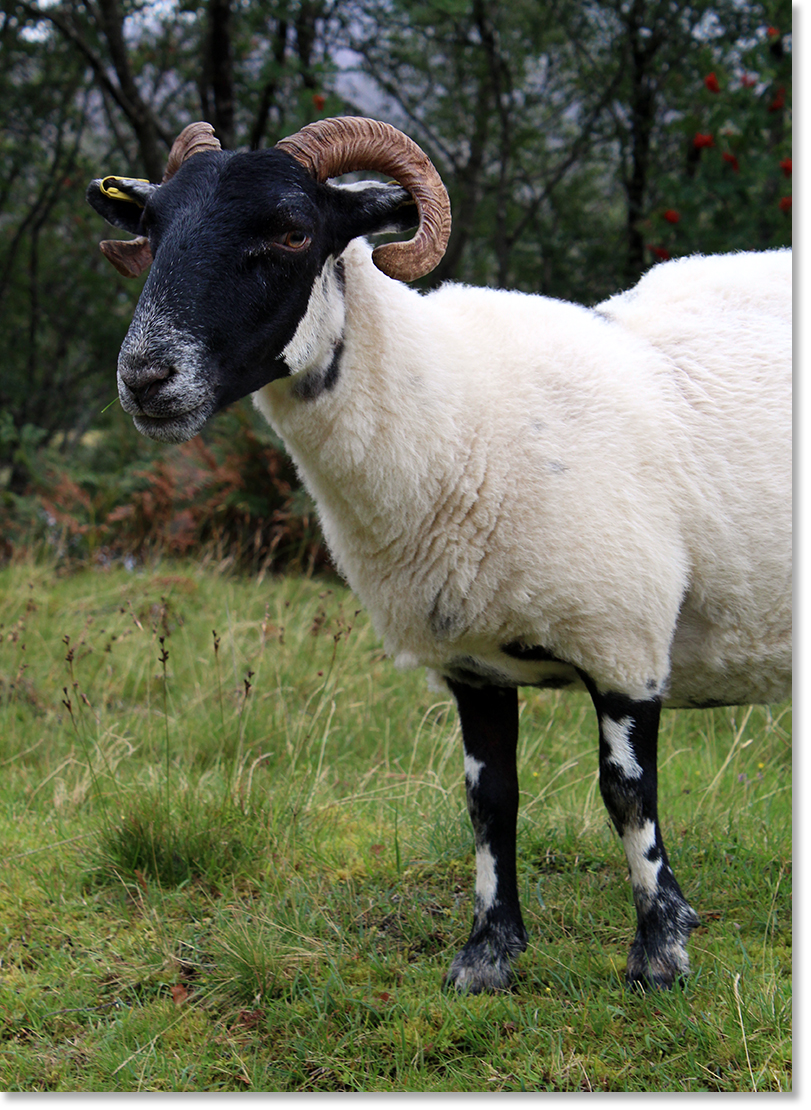 |
|
Scottish Blackface sheep on the Matheson family croft.
|
|
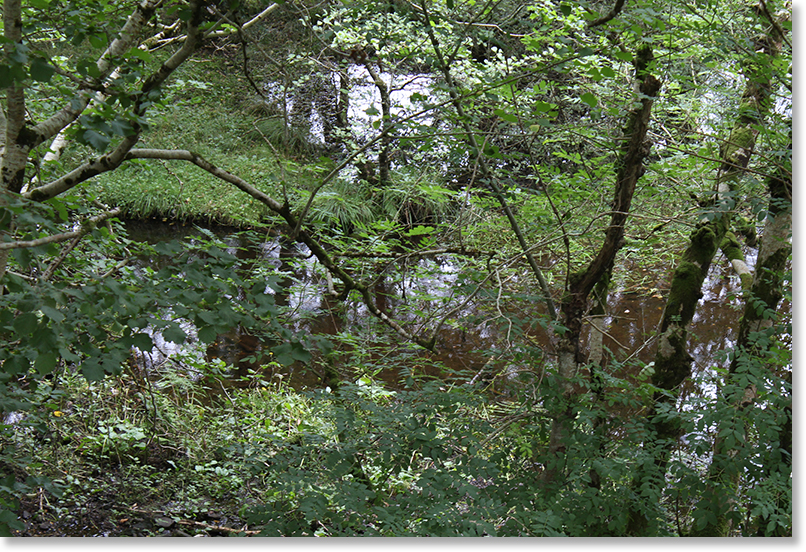 |
|
A diverse interplay of water, trees and other life.
|
|
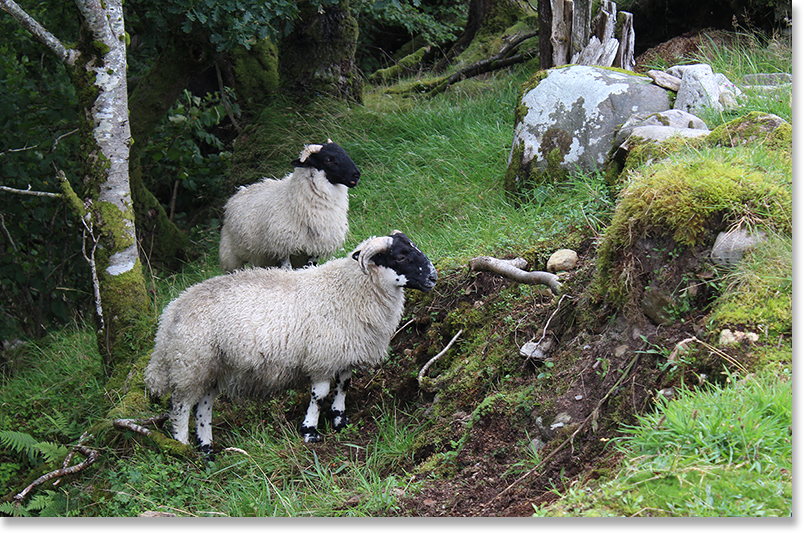 |
|
Roaming on the Matheson family croft.
|
|
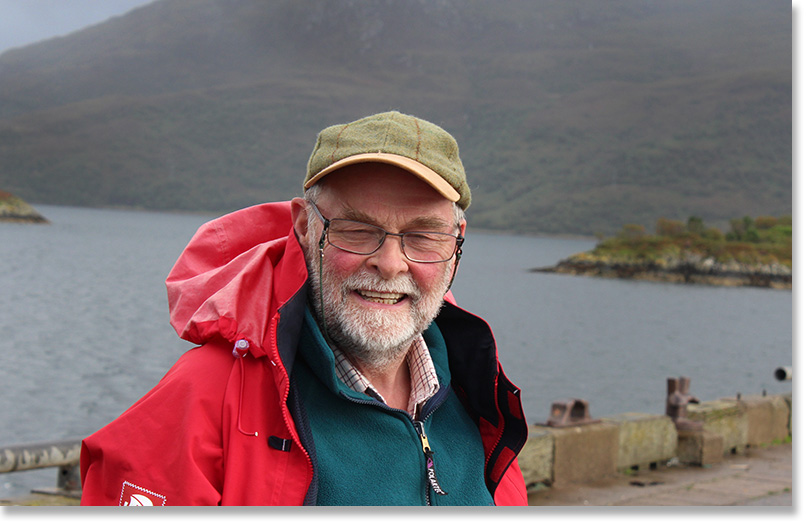 |
|
Finlay Matheson in Kyle of Lochalsh after attending a meeting of the Scottish Crofting Federation.
|
|
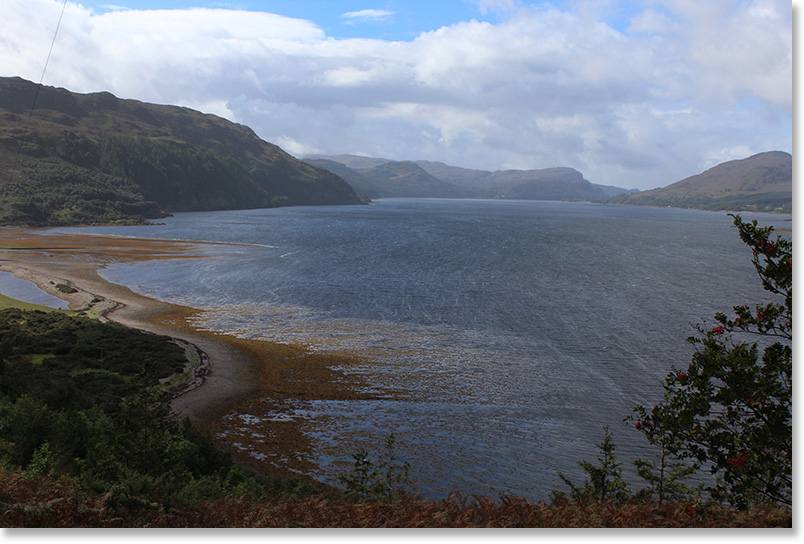 |
|
Loch Carron, western Scotland.
|
|
 |
|
Remains of Strome Castle, once part of the ancient Earldom of Ross. It was originally built in the early fifteenth century. It is located by Loch Carron.
|
|
 |
|
A train arrives at the Strathcarron station, on its way to Inverness.
|
|
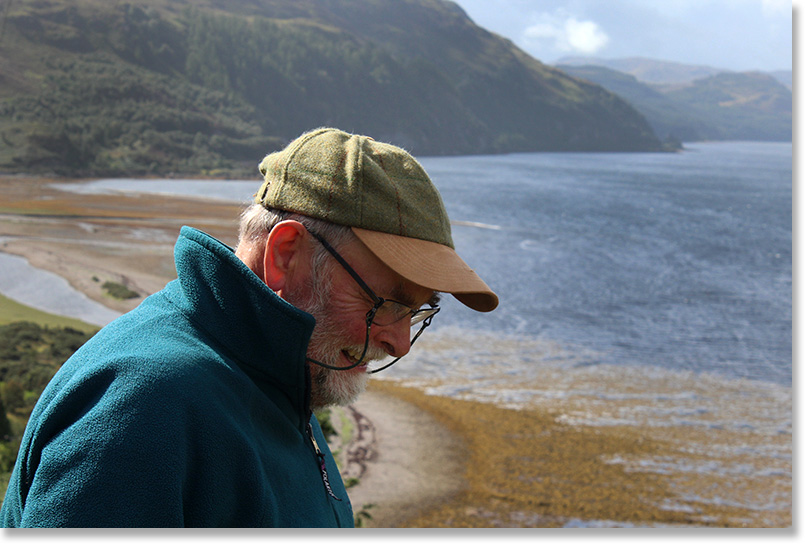 |
|
Finlay Matheson.
|
|
|
Finlay Matheson is a crofter and a director of the Scottish Crofting Federation (SCF). The SCF tagline is: “the only organization solely dedicated to campaigning for crofters and fighting for the future of crofting.”
Crofters have, for over 120 years, been independent, small, family agriculturalists, not unlike small peasant farmers in many other parts of Europe. With the passing of the first Crofters Holdings (Scotland) Act in 1886, they rented land securely and in perpetuity from Landlords of Estates, mainly in the Highland and Islands of Scotland.
As individuals or families, they raise livestock, traditionally cattle and sheep, and grow crops on their “inbye”, that is the better quality, possibly arable land often around their croft houses. Their tenancy frequently includes common land for grazing. This is often moorland, hill or mountain which is shared and sometimes worked communally.
This interview was conducted (and later edited) by Nic Paget-Clarke for In Motion Magazine on 1st and 2nd September 2016. Most of the interview took place walking on moorland, on the foothills and slopes of Highlands hills, part of the common grazing land to which the Matheson family’s croft tenancy affords their grazing rights. The location is in Strathcarron, Ross and Cromarty, North West, Scotland.
As we walked on open moor and also among ruins of 150-year-old rough stone blackhouses, we also stepped through many streams or burns water flowing down from the hill. The sounds of flowing water, mountain wind, rain, and the occasional bleating sheep were recorded with our voices. Our conversation was a mixture of interview questions and a history of the stone houses and the people who lived in them.
(Introduction by Finlay Matheson and Nic Paget-Clarke).
Quick Links:
- Part 1: Stonehouse Ruins and the Clearances
- Part 2: Crofting: A Way of Life
- Part 3: Buying Out Individual Crofts and Entire Estates
- Part 4: The Tapestry of the Landscape that Crofting Creates
- Part 5: My Genetic Background, I think, will be Gaelic
- Part 6: A Binding Force
Part 1:
Stonehouse Ruins and the Clearances
Crofters and cotters
In Motion Magazine: Please tell me about these ruins, and what were the Clearances?
Finlay Matheson: It’s not entirely accurate to say that all these buildings were occupied as houses by people who were cleared from elsewhere. What happened here was, there were people here anyway and people were cleared from the glen in Strathcarron, which is ten, fifteen miles southeast of here. They were cleared to the other end of this loch here, first of all, and then they were pushed out of there and some of them were accommodated here. It is likely they would have become cotters.
In Motion Magazine: What’s a cotter? And why were they cleared?
Finlay Matheson: They were cleared as part of a whole movement of clearance. I don’t know if in their particular case it was to bring in the sheep, but that’s what the main thrust of the Highland Clearances, as they are described in history, was – to bring in the Cheviot sheep because they were, I suppose, more economical for the landlords. Not so much economical, as (more) profitable than people were. People were at that time disposable and if they had to go somewhere else, well, that was tough, I guess.
The people here accommodated cleared-crofters, or other people who were cleared, whether they were crofters or whatever they were. And the cotters had less security of tenure than even a crofter. As long as a crofter paid his rent, he tended to be secure. But the cotters had no continuing rights. They were like squatters.
They would be given a piece of land from the crofters here, which would have been a sacrifice for the crofters -- and some of them might have been related. Anyway, they got land. It probably wouldn’t have been very good land. Here for example, there’s talk of people being evicted going to almost half-way up that hill there to cultivate that land there. You can’t see now but if you were to go there you can see where there was human activity. People actually lived there.
In Motion Magazine: This is how long ago?
Finlay Matheson: That would be I guess the second half of the nineteenth century.
You know, the other thing that comes into play is the famines that took place both in Scotland and in Ireland. Ireland had notorious famines, perhaps a million people died in the famine in Ireland (1846-50). And there were potato famines here then as well because they had become so very dependent on potatoes. Previously they’d have been much more dependent on oats, I think. Oats and barley bere. They would have grown some barley. Not like barley is today, a more primitive form of barley.
One can only suppose what might have been cotters’ buildings here. There are other odd ones further up the hill. Like behind us there, you can see where there was a building. They are not in the line of croft houses which would have been more like a compact village where we are just about to go. It was kind of stuck out so it may have been a cotter’s building.
I was told there were about twenty families lived here. I usually say about a hundred years ago, but it was probably over a hundred years ago now. That would have been 1890, probably before that. And hence -- I did hear Fiona speaking about the school -- hence a need for a school. (Editor: Fiona is Finlay’s wife and had earlier been describing the ruins.) Although the child mortality was high, there would still have been quite a number of children.
The stones out on the hill
(Discussing the stone ruins.)
A lot of the stones here – they always re-cycled things. They were perhaps the original recyclers.
My grand-aunt and uncle came to live in our old croft house down there in 1922. They paid their way into the croft. …(and) one of the things that they had to pay for was the stones out on the hill, and any other stones that had been, they used the word “won-stone”, w, o, n -- it had been won for use -- it was used for building. It was building material and part of what they paid incoming was for these stones out on the hill. That would have taken a lot of work to get these stones here. But that was the way things were. Labor was what people had.
Gable onto the wind
The other thing I was going to say about here was that there are buildings of different generations here. This was built of dry stone and pretty rough stone, very uncut stone. These buildings there, stone was cut and you can see there’s white in between the stones so there’s lime mortar holding the building together. (And) this, it was just rough stone and very little liming in it.
They would have made it wind and water tight.
One of the features of the buildings is that the houses tend to run with the line of the glen: so that they are gable on to the wind; so that there is less exposure of the whole of the building to the wind; so that they don’t suffer so much from the weather.
Barns for their winter keep
It’s amazing when you actually count up the number of barns that there are. It makes you realize that they actually must have needed these barns for their winter keep, for their hay and whatever else they made, corn. The barns run roughly north and south but across the glen deliberately so that they catch the wind and, probably, in some cases give shelter to the houses.
Part 2 – Crofting: A Way of Life
Cohesiveness of the community
In Motion Magazine: How do you define crofts?
Finlay Matheson: Crofting – it’s a system that’s got its own legislation. It’s separate from the farming legislation. It’s got its own Crofting Commission. (One) thing about it, is people talk about it being a way of life. And I think it is, to an extent, a way of life. But I think you’ve got to try to look at it practically, as well: whether people can make a living out of it, or whether it’s just a means of contributing to their living. In most cases it’s probably a means of contributing to people’s living.
(Also), not so much now, it’s diminishing, there used to be quite a bit of communal working. Like here, in the past, the sheep were part of a club stock, so that each crofter had a share in the sheep stock. They were known as sheep stock clubs and that meant that people had to work together. It led to some cohesiveness of the community.
(And) the other thing that is argued quite strongly for crofting is that it tends to keep people in more isolated places in the countryside. One of the earlier chairmen of the Crofting Federation, who was chair when it was still the Scottish Crofters Union, he used to use the phrase that crofting helped “to keep the lights in the glen.”
I think the research perhaps doesn’t entirely sustain that, but I think that helps to sustain me a bit. If it wasn’t for the croft where we are, there would be nobody living about here and keeping livestock on the ground. We don’t cultivate like people used to because it’s become so demanding with fewer people on the ground, and the demands of cost of machinery and things like that. But at least we are still trying to do something.
I think that, partly, is what is helping to keep me going, but then maybe I shouldn’t be. Maybe that is unrealistic. I sometimes wonder if I am just banging my head against a wall.
Part 3: Buying Out Individual Crofts and Entire Estates
In Motion Magazine: The mysterious part -- the lord…
Finlay Matheson: The laird, yes. The landlord.
In Motion Magazine: He’s the silent partner in this whole thing. It’s like the whole life goes on with or without him. And some people now are actually buying the land out for the crofters themselves. Is that true?
Finlay Matheson: That happens. The crofters now have the right to buy.
In Motion Magazine: Does that undo the fact that it’s a croft?
Finlay Matheson: No, it doesn’t.
In Motion Magazine: Is he even necessary in the first place? Is he just a historical anecdote?
Finlay Matheson: (Laughs) Well, it’s part of the feudal system that’s remained. That’s the beginning and the end of it, I think.
In Motion Magazine: Is there a trend to buy it out, like Eigg? (http://www.isleofeigg.org/ieht/)
Finlay Matheson: That was a community buyout of a whole estate, which is different from crofters buying their individual crofts.
In Motion Magazine: Are they both happening?
Finlay Matheson: They are both happening. Let’s look at the crofting buyout first. Let’s start with the smaller unit.
One of the problems with crofters buying their crofts, ’til very recently, was that they were just known as owner occupiers. They owned the ground and they were also occupying it, (and) they became subject to means-testing for the range of grants that tenant crofters automatically had available. That created a difficulty for owner-occupier crofters.
But now the latest legislation, I think it was the 2010 Act, gave owner-occupiers the same status as tenant crofters. (Also,) one of the other things that came in with the 2010 Act was the obligation to live within 35 kilometers of the croft. I think there (has been) a lack of understanding of the whole system -- a lack of understanding of what the crofting law was. Having said that, crofting law is widely acknowledged to be quite complicated. I think that is probably an understatement.
Anyway, in terms of community buyouts, you mentioned the island of Eigg -- that was where the whole population got together and they could register their interest. We could register an interest in this estate, ... and then, if and when it came on the market, we would probably be in the position of having first refusal of the right to exercise a purchase.
Personally, I think I’m too old for that, to get involved in that. I think it needs a young person with lots of energy because even the odd pieces of work that I do outside of my crofting agricultural activities, it’s quite time consuming. I don’t mind it being demanding. It’s the time that really is the factor. I think you need young people with energy to do that kind of thing.
Part 4: The tapestry of the landscape that crofting creates
Inbye and common-grazing land
In Motion Magazine: How did the relationship develop where you collectively deal with some part of the land and individually with other parts of the land?
Finlay Matheson: Each crofter will normally have a piece of inbye land, like I mentioned to you when I went across our cattle grid. That was my inbye croft land. This land here is common-grazing land. All four crofters (here) have the right to graze this.
(And) there is another in-between area. On the outside of my inbye land there is an area which has got at least two names. One of them is “outrun” and the other is an “enlargement.” And that is actually part of my croft. But my share of the common grazing, which, in my case, is a quarter, is also part of my croft -- the part of my crofting right to have a quarter share in the common, which is all this land and all the hill as well. Originally, before we took the woodland area out, it was about five thousand acres. But a lot of it is rocks, and scree, and steep ground.
In the past, a lot of it was used for sheep grazing. (But now) the sheep tend not to go out so much. We feed them much better than was done in the past and the sheep don’t go as far out the hill as they used to go. But, we still have to go up here and gather this face. One or two of the sheep go behind there, but not very many nowadays.
But you still have to go.
Not everybody had a coffin
Finlay Matheson: (Back to discussing the stone ruins.) You can see how this would have been a barn. It would have given some shelter there to probably a house and a wee bit of a garden on the outside.
In Motion Magazine: What happened to these people?
Finlay Matheson: I haven’t got the answer to that. People weren’t cleared from here. They left voluntarily. People were leaving in the hundreds, hundreds and thousands, in the late nineteenth century. I suppose into the twentieth century. But there wouldn’t have been very many people left here in the twentieth century, if any. I think they were gone from here -- the indigenous people anyway -- by the turn of the twentieth century.
We’ll just walk to there. I like to take people to this last one. There’s a local story about the man who lived in that last house. I think he was known as Ali Buidhe (pronounced Ali Booee) -- white-haired Alec. And when he was getting old, he went to the other end of the loch there, cut down a pine tree, and floated it down the loch and brought it up here. I don’t know, maybe he had help to do that, if he had a cart or something. And sawed it up and made his own coffin, which presumably he would have kept in a loft or something until it was needed. I guess at that time not everybody had a coffin. He wanted to have a coffin, so that is what he did.
Recycling
And when we came here in 1976, there was still a chain hanging in that chimney, that’s since gone, and it has since become more ruined at the top. This would have been one of the more modern houses because you can see it’s got lime in it. It’s almost got a double skin with stone on the outside and then lime and more stone on the inside.
I think the old people wouldn’t have objected, but Fiona and I took a lintel from where this doorway would have been here, and we used it when we put our wood-burning stove in our relatively modern croft house. People think we shouldn’t have been stealing the stone, but that’s what they did in the first place and we are really recycling it.
... to us it is not all a wilderness
In Motion Magazine: It says on the Federation website that crofting can be said to contribute to protecting or even developing landscapes, which I’ve always thought was a wonderful concept. Do you think it’s true and if so, how?
Finlay Matheson: I suppose when visitors come, for example, to the area, they don’t want to see everything totally wild. Our (current) visitor was talking about our area being a wilderness and we were also discussing the fact that we don’t always like being thought of as living in a wilderness because to us it is not all a wilderness. There is wild land but it’s not as if ... . The idea of a wilderness is that everything is a bit neglected, I think, or just left to nature. But it’s not entirely left to nature here. If there were no livestock here, there would be many more trees growing. But then, people like to see trees as well.
I think what is referred to, that you are mentioning, is the tapestry of the landscape that crofting creates where you get nice green fields ... and (yet), that field there is quite neglected, there is lots of grass growing in it -- but it’s not well-tended grass. I think what they are referring to there is the variety in the landscape so that you get the different colors in the hills, different textures and shapes. And then you get the pattern of the crofts and housing. To my mind what is most important about all that is the housing because that means there are people there.
The philosophy of staying here
We talk about the clearances and the history, all the past times, and one of the things about being actually here reminds us is that this land supported many more people in the past than it does now. And that’s partly why it’s part of the philosophy of staying here, I think, or living here. That at least we are contributing to this concept of there being lights in the glen. The lights, of course, would only be at winter time, I suppose, but nevertheless, it means that there are people living here.
You talk about the problem of urbanization, but I tend to use the word “village-ization” here. People are going to live in the village rather than living out in the countryside -- like out here.
If we look at the loch, for example, at the other end of that loch, there are some houses by the roadside. But in times past, there were also houses on the other side of the river and they are just heaps of stones now, like the ones we are standing in at the moment. There were people who lived and farmed and worked there and had crofts, a hundred and thirty, forty, fifty years ago. But it’s nothing but heaps of stones, nowadays.
I think it’s sad that the countryside doesn’t have as many people as it was able to do in the past. We are not going to go back. We shouldn’t really want to go back to the way it was because it was very much subsistence living. (But) what we should be aiming for is to make it more comfortable for people to live in places like this. That’s what I think.
I think there is something about being able to be outside and in touch with land. And that’s part of the philosophy that people like Jim Hunter have about community ownership. I think that feeds into that.
In Motion Magazine: I agree.
The economics of it
Finlay Matheson: Back to your question about crofting sustaining the landscape. Well, yeah, I think it does. Some of it is sad for us to see. Like, the amount of rushes there, for example. If there was more crofting activity here, these rushes might not be there. But then you’ve got to balance that with the fact that these rushes provide habitat for wild life. Sometimes, it’s difficult to know exactly which way to go.
In Motion Magazine: Based on what’s appropriate for the time, perhaps?
Finlay Matheson: That’s right. Absolutely, it’s so tied up with the economics of it. People left here because of the economics of the situation at that time. It’s hard to see people continuing to live in areas like this, the way the economics are at the moment.
I don’t want to make the Scottish national case, of comparing it with the Scandinavian countries, particularly Norway which is often cited, but in Norway people are much more supported to live in places like this. And even fifty years ago they were more than I think we probably are in areas like this just now.
Part 5: My genetic background, I think, will be Gaelic
In Motion Magazine: What’s the relationship to the history of the Gaels?
Finlay Matheson: Well, all the people who lived here were Gaels.
In Motion Magazine: Are you?
Finlay Matheson: I suppose I am. I don’t speak it because my father, who learned English at school, didn’t teach it to me. Or didn’t allow me to grow up with it, I think is a better way of looking at it, really. My mother understood it and could speak quite a bit, but tended not to speak it conversationally. Although, they both came from about half an hour distant from here, where they grew up in Lochalsh, which we’ll go through tomorrow on the way to Kyle. Anyway, they didn’t teach their children Gaelic, partly because it wasn’t seen as being the progressive language. But, my genetic background, I think, will be Gaelic.
In Motion Magazine: So, were the Clearances an ethnic cleansing, or whoever they were, they wanted them out of there?
Finlay Matheson: No. I would be tempted to say that’s a slightly simplistic way of looking at it, to compare it to other ethnic cleansings. I think it was the system of land ownership that forced us to move people because the landlords were the powerful people and the people who lived here -- and people like the people who lived here -- just didn’t have the same power.
Part 6: A binding force
In Motion Magazine: Do you have to do other work beside your basic crofting in order to get by, if I may ask?
Finlay Matheson: That’s a very good question that. Because I’m retirement age, I now get the old-age pension and I’ve saved up pensions for myself, so I don’t have another job now. But I did have other work. I used to work as a business advisor for the local enterprise company. I was telling you about Highland and Islands Enterprise, well, I worked for an area branch of Highland and Islands Enterprise. And, also, I worked on an entrance scheme for young crofters.
In Motion Magazine: How did that work out?
Finlay Matheson: The idea was to help old crofters to give them a little financial incentive to move on from their crofts and to assign them to young people under the age of forty. Well, a small number did but the crofting age profile is still in the higher end.
In Motion Magazine: Why do you think that is?
Finlay Matheson: Because most young people leave the area and those who stay find it difficult to get crofts, even though there are about 17,500 crofts. (See page 15 of Crofting Commission Report 2016-2017)
In Motion Magazine: This is notoriously a pretty tough life.
Finlay Matheson: Yeah, I think that is generally acknowledged.
In Motion Magazine: You think the young just don’t want to do it?
Finlay Matheson: Well, the other thing is people are becoming much more educated and educated people have difficulty finding rewarding jobs in areas like this. Partly because the population is not very large and there isn’t much in the way of other industry.
In Motion Magazine: So, if we had more of the village-ization process there would be a better chance of them sticking around?
Finlay Matheson: Quite possibly. It’s a hugely debatable subject – support for agriculture and crofting. If it was more viable, even with support -- and that depends on the political will and interest in remote communities. The great bulk of votes are not in remote areas, they are in the urban areas, which is not here.
(In the car the next day.)
In Motion Magazine: We were talking about the connection between the culture and the land.
Finlay Matheson: What I was saying was, I wonder if the culture grows out of people working a particular landscape and the nature of the landscape and that’s partly why the whole thing is so tied together and interrelated. And then in turn, I think, the culture helps to bond the community that works the landscape and helps to keep people together. As you appreciate and were suggesting, a lot of these landscapes result in quite hard conditions for people to work the landscape and perhaps the culture is one of the softer elements that helps to keep them going. It’s a supportive element. It part of the evolution of working together and sharing the same difficulties.
In Motion Magazine: Does the legislation for crofting get in the way or is that just one of the circumstances you have had to deal with?
Finlay Matheson: I think it can get in the way, but through time people have had to deal with adversity anyway. I was just reading the other day, or somebody reminded me, that it’s only when things go wrong that you really appreciate how normality is, whatever normality is. ... I suppose what people are doing is trying to make adversity manageable. It’s always been thought that areas like this are hard areas for people to both live and work in, so I suppose coping with adversity, whether it’s the nature of the landscape or other external forces as occurred in some periods – you know dealing with landlords and having to be moved on, and things like that -- that is a binding force.
Published in In Motion Magazine March 24, 2018.
Also see:
- Interview of Adam Payne of the Landworkers’ Alliance
Change in Rural Culture, Small Farms, and Hedgerows
West Dorset, England
- Interview with Iain MacKinnon
The Cultural Norms of Crofting:
The Recovery of the Story and Voices of the Economy,
the Understanding, and the Life of a People
Edinburgh, Scotland
- Interview of Duncan and Kath Fraser with Fiona Mackenzie
Crofting: In This Strategic Place
Toscaig Township, Applecross Peninsula,
Ross and Cromarty, Scotland
- Interview with Fiona Mandeville of the Scottish Crofting Federation
A Hegemony of Helping and Looking Out for People
Kyle of Lochalsh, Ross and Cromarty, Scotland
- Web site of the Scottish Crofting Federation
- An Interview with Kate Fletcher
The Lives of the Users of Clothes
"What the future looks like"
Santiago, Chile
- Interview with Gregory Cajete
Science From A Native Perspective:
How Do We Educate for A Sustainable Future
Albuquerque and the Turquoise Trail, New Mexico
- Interview with tibusungu 'e vayayana
Political Deputy Minister of the Council of Indigenous Peoples
Reconstitute Different Tribes, Different Peoples in Taiwan
Taipei, Taiwan
- Interview with Jadwiga Lopata and Sir Julian Rose
Of the International Coalition to Protect the Polish Countryside
The Small and Middle Family Farm:
A Base for Poland to be Independent, and a Base for Good Quality Food
Stryszów, Poland
- Interview with Yanet Alarcón, Mauricio Parada, and Pedro Huayquillan
Defending the Ancient Trails / the Culture
Chos Malal, Neuquén Province, Argentina
|






